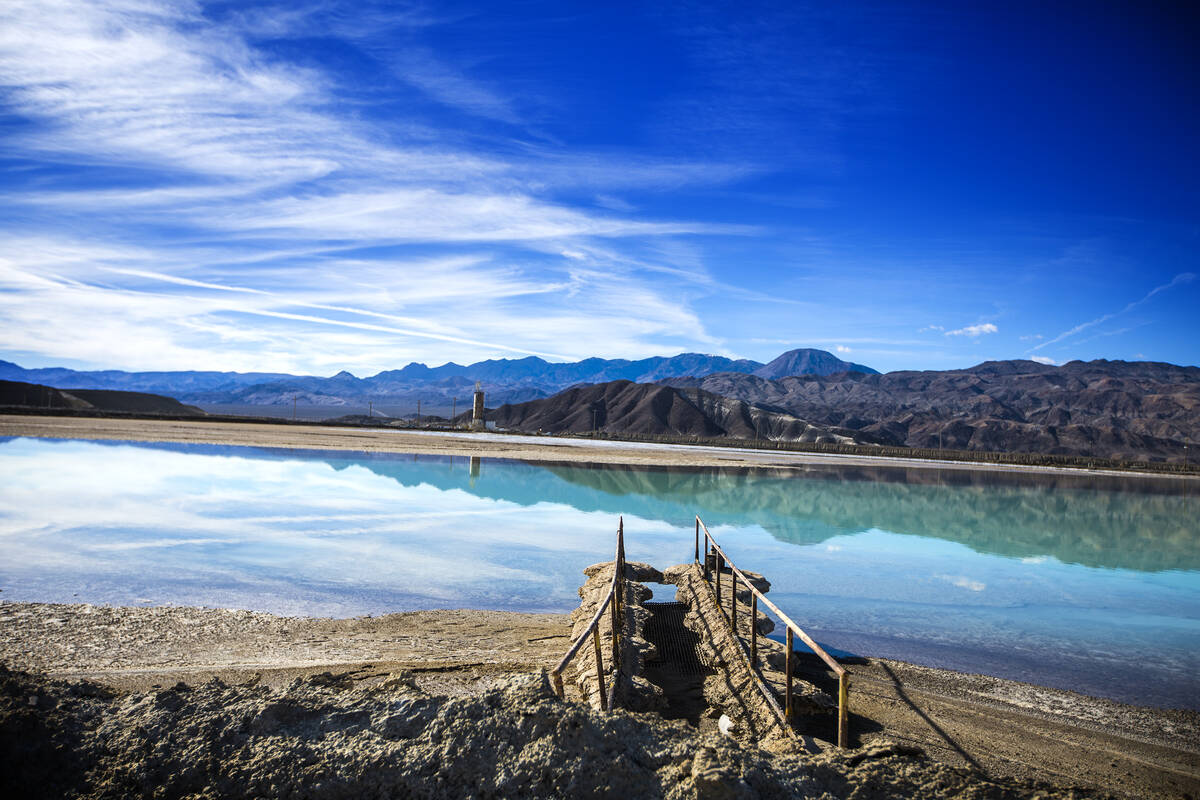COMMENTARY: America’s mineral riches go untapped
The United States is grappling with critical resource challenges that pose a direct threat to national security. Addressing these issues requires a combination of diligence and patience, and a dedicated effort to navigate the intricacies and complexities of finding practical solutions. This endeavor requires a sustained commitment, acknowledging that resolution involves numerous twists and turns.
A sense of urgency is crucial. The importance of swift action cannot be overstated, considering the far-reaching implications of these resource problems. The urgency stems from the need to secure the nation’s resources strategically, ensuring a robust and sustainable foundation for national security. A careful balance between persistent effort and a timely response is essential to address and overcome these pressing challenges.
The dangerous dependence of the United States on China and Russia for crucial minerals and metals essential to military production and the national economy is a cause for concern. The potential consequences of a disruption in imports are profoundly troubling and pose significant challenges. Considering the implications of a cutoff underscores the urgency of addressing this vulnerability in the supply chain. It emphasizes the critical need to develop domestic alternatives and secure the essential resources independently to mitigate risks and safeguard national interests.
In the event of an embargo on rare earths, the potential consequences are far-reaching and multifaceted. Rare earths play a pivotal role as essential components in an array of weapons systems, ranging from missiles and lasers to nighttime goggles. Beyond the military sector, these materials are also integral to consumer products, such as battery technology for electric vehicles and solar and wind energy transmission.
The dominance of China in the global processing of rare earths creates a challenge for the United States. The dependence on China as the leading supplier of 29 out of 43 key minerals, including rare earths, underscores a vulnerability in the supply chain. This reliance grants China substantial leverage over the supply chains for advanced technologies, posing a potential threat to national security and economic stability.
In light of these circumstances, the United States must diversify its sources of rare earths and invest in domestic production. This approach mitigates the risks associated with a potential embargo and strengthens the nation’s resilience in the face of geopolitical uncertainties, ensuring a secure and sustainable supply of essential minerals.
Recent findings in the United States regarding rare earths and other essential minerals indicate the potential to break free from dependence on China. Those optimistic about the future improvement of U.S.-China relations tend to overlook China’s actions, such as last year’s ban on the export of rare earth technology and the preceding prohibition on selling minerals vital to the military.
A decision lies before us. We can persist in depending on adversaries such as Russia, which provides essential minerals like nickel and titanium, or capitalize on our plentiful domestic resources. Notably, a substantial reserve of rare earths has been discovered in Wyoming, with an estimated 2.34 billion tons, surpassing China’s 44 million tons.
Consider lithium, a crucial mineral in electric vehicle batteries that rely on imports. The United States might possess the world’s most extensive lithium resource. Geologists indicate that the McDermitt Caldera, situated on the Nevada-Oregon border, boasts a lithium concentration more than twice that of any other clay bed, totaling 20 million to 40 million metric tons. This surpasses the lithium deposits in Bolivia’s salt flats, which hold the world record.
Another critical element is copper, and a substantial deposit in southern Arizona has the potential to meet nearly 25 percent of the United States’ annual copper demand. Referred to as the proposed Resolution Copper mine, its accessibility could significantly influence global competition for copper, especially as demand is expected to surge by 600 percent to 900 percent by 2030.
Meanwhile, nickel, found in a substantial underground deposit in northern Minnesota, is no longer just a potential resource awaiting extraction. The environmental review process is underway, and the Department of Energy has allocated a $114 million grant to facilitate the construction of a processing plant in North Dakota for this project.
The United States depends on China for manganese, a vital battery metal, with demand projected to increase ninefold by 2030. The landscape could undergo a significant transformation with the commencement of mining at the Hermosa project in the Patagonia mountains of southern Arizona. Upon its operational debut, the mine is poised to have the capability to generate both manganese and zinc. This development can potentially reshape the dynamics of manganese supply for the United States and contribute to meeting the escalating demand for this critical battery component.
The crucial message underlying all these observations is that America possesses abundant reserves of minerals and metals, including cobalt, graphite, aluminum, and other raw materials lying beneath the ground. However, the development of these resources faces significant challenges, primarily because of a convoluted permitting process that is time-consuming, and even upon completion, there’s no assurance of approval.
Notably, two years ago, Congress took steps to expedite the permitting process, but the government has yet to implement these changes. There is a moral imperative for the administration to take decisive action, as much hinges on the steps it takes to address this issue.
Dan Ervin is a finance professor at Salisbury University in Maryland. He wrote this for InsideSources.com.




























